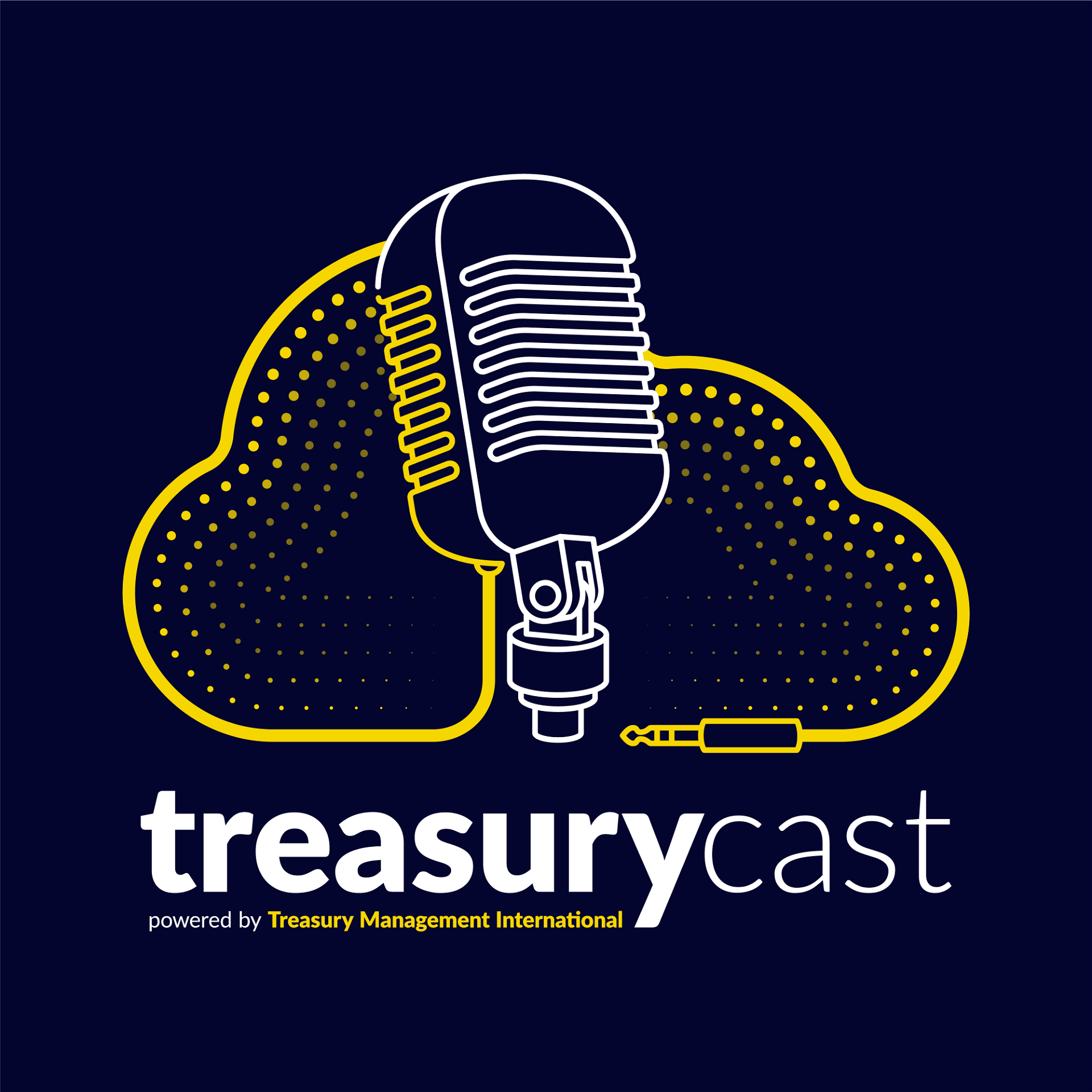- Global survey of treasurers highlights tough external conditions
- One in five dollars invested is in separately managed accounts
- A complete copy of the survey can be found here
London, November 15, 2013: Research from J.P. Morgan Asset Management shows that treasurers are concerned about a possible move to floating NAV, but they are still committed to money market funds.
The inaugural* J.P. Morgan Global Liquidity Investment PeerViewSM has been established to be able to provide respondents with customised scorecards so they can see where they sit in line with their peers in the same region, cash balances and industry. The first survey has focused on corporate treasurers’ investment decisions.
The findings of the survey showed that of those treasurers who would reduce or eliminate their use of money market funds as a result of a move to floating NAV MMFs, most would reallocate assets to bank deposits or other assets that are less diversified and still have credit risk. The respondents noted that two of the biggest barriers preventing companies from using floating NAV are the uncertainty of realised or unrealised gains or losses and the existing structure of their investment policies.
Jim Fuell, Head of Global Liquidity, EMEA, J.P. Morgan Asset Management, said, “Uncertainty around regulation is prevalent amongst investors, as is risk and yield. These competing factors are increasing in intensity and the result of this is that some investors are looking to recalibrate their cash investment decision-making. However, the fact that more than two thirds of respondents continue to be committed to money market funds shows how integral investors consider this sector to be in their cash assets.”
The survey of 201 cash investors highlighted that close to a third of their cash assets are allocated to money market investments, the highest usage being in Europe, and that one in every five dollars is in separately managed accounts. The use of such a structure allows investors to define their own return, security and liquidity parameters.
Jim Fuell went on to say, “We have experienced growing interest from investors for customised portfolios and we put this down to a clear demonstration of the need for yield. The benefit to investors is that they are defining their own risk, return and liquidity objectives, which can obviously lead to a higher yield.”




